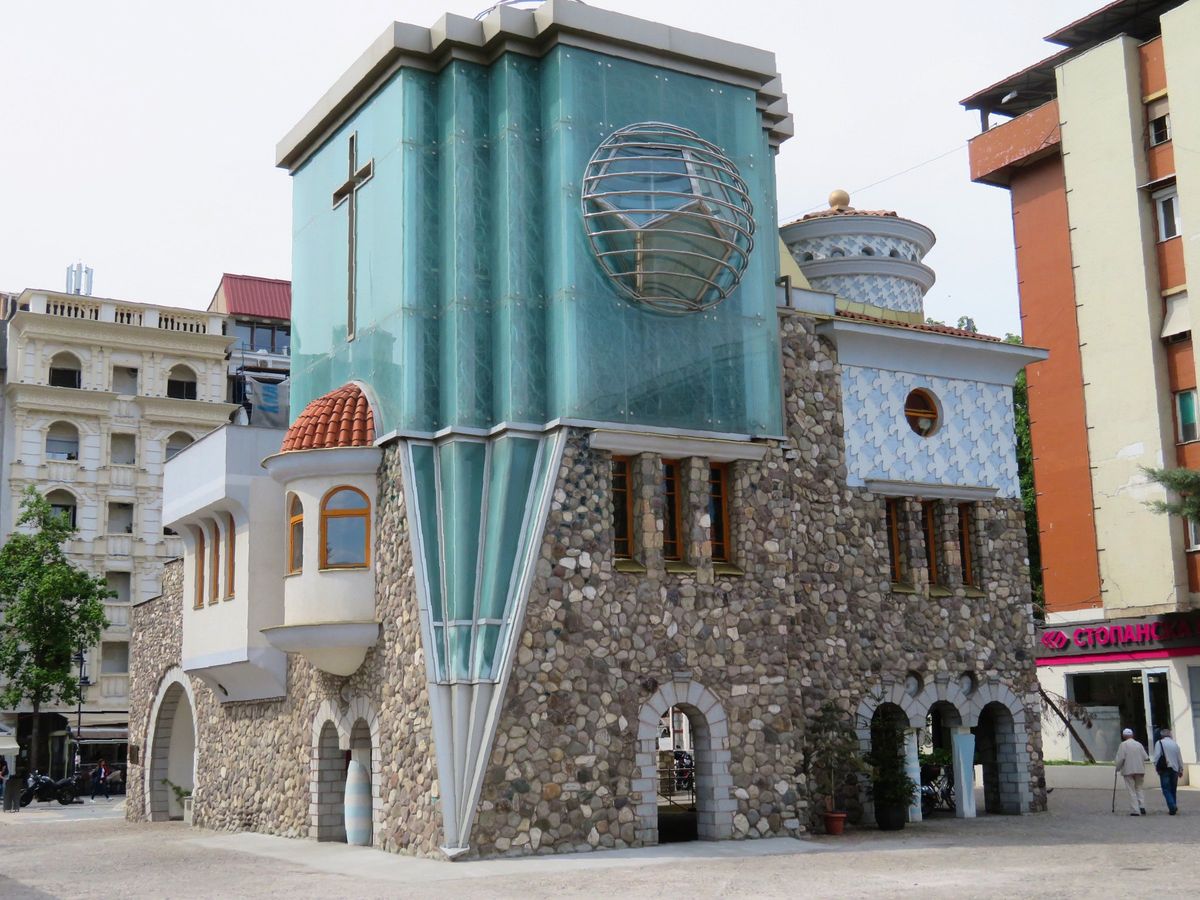About
Born in Skopje in 1910, Anjezë Gonxhe Bojaxhiu—who would go on to become Mother Teresa—became part of the Sisters of Loreto when she was 18 years old. Soon after joining this order, she was sent to India, where she took the vows as a nun in 1931. During this time, she was teaching geography and history at St. Mary’s High School in Calcutta. Visits to the slums made an impact on her, and in 1948, Mother Teresa received permission to start working with the most indigent people in Calcutta. The nature of the organization that Mother Teresa headed underwent different changes through the years, but the latest and most well-known is the Missionaries of Charity. For the work she did, she won international recognition including the Noble Peace Prize in 1979. Mother Teresa died in Calcutta in 1997, and the Holy See made her a saint in 2017 (following a process not entirely devoid of controversy).
Skopje municipality decided to pay homage to Mother Teresa, and in January 2009, it unveiled the Memorial House of Mother Teresa. This remarkable structure was not built where Mother Teresa was born or lived, but at the location where she was baptized. The design of the house is credited to a well-known architect by the name of Vangel Božinovski, and it is said to have been inspired by Mother Teresa’s birthplace with, understandably, a great deal of artistic liberty.
The memorial house consists of an amphitheater in the basement, a museum on the first floor, and a chapel on the top floor. The amphitheater is equipped with multimedia devices and it is used for special events. Among other articles, the museum on the first floor displays handwritten and printed documents signed by Mother Teresa, a number of objects that pinpoint different times of her eventful life, photographs of Mother Teresa with prominent figures, and life-size statues of her likeness. The mortal remains of Mother Teresa are also kept in this location. The chapel is enclosed by glass panes framed by metal filigree. It incorporates elements of Macedonian traditional craftsmanship but with a distinctive futuristic flare. The portrait of Mother Teresa dominates the altar. Honorary masses are held to commemorate the life and work of Mother Teresa.
This memorial house has been controversial on several accounts. It is hard, for example, to justify spending 2 million Euros to build a memorial to someone who preached poverty all her life. The design of the building is also questionable, as it bears no correlation with the life of Mother Teresa. Finally, there are more basic questions regarding the very existence of a memorial to immortalize Mother Teresa, a figure that is not appreciated universally. It can be argued that her insistence on poverty and suffering has impacted negatively on hospitals following her approach, leading to deficiency in hygiene and parsimonious use of medicines, especially analgesics.
Related Tags
Community Contributors
Added By
Published
September 1, 2022



















































